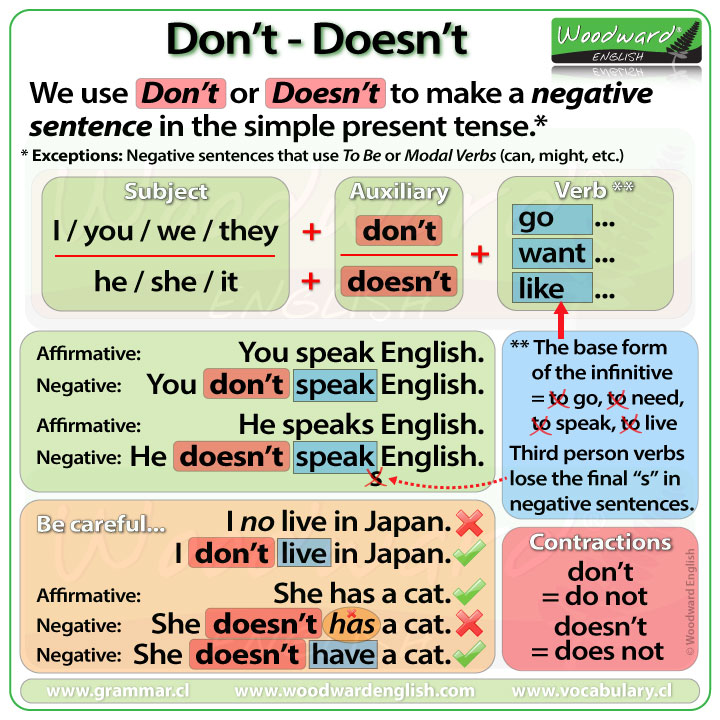Have you ever paused, pen hovering over a piece of paper, wondering whether to write “do not” or “don’t”? This seemingly simple choice can carry surprising weight, impacting the tone and formality of your writing. From emails to essays, understanding the nuances of “do not” and “don’t” is crucial for crafting effective and impactful communication.

Image: www.woodwardenglish.com
The decision to use one over the other is often guided by a subconscious understanding of social context and the desired level of formality. However, delving deeper into the history and application of these two phrases reveals a fascinating interplay between grammar, style, and social expectations.
The Evolution of Contractions
To truly understand the “do not” vs. “don’t” debate, we need to travel back in time. Contractions, such as “don’t,” “can’t,” and “won’t,” are a result of natural language evolution. They arose from a desire for efficiency and fluency in speech. In the past, writing was often a time-consuming and laborious process. Contractions provided a shortcut, allowing writers to express themselves more quickly.
However, contractions were not immediately embraced in formal writing. The rise of printing and the emphasis on uniformity in written language led to a preference for full words, particularly in academic and professional settings. This resulted in a clear division between the everyday informality of contractions and the formality of full words, especially in more formal writing.
Navigating the Two Sides of the Coin
While both “do not” and “don’t” convey the same meaning, choosing the right one depends on the context and desired tone. Here’s a breakdown of their key differences:
- Formality: “Do not” is generally considered more formal than “don’t.” It is often seen as a more serious and professional choice, appropriate for formal settings like academic papers, legal documents, and business correspondence.
- Informality: “Don’t” carries a sense of informality and naturalness. It is often used in casual conversation, emails, and personal writing. It creates a more relaxed and conversational tone.
- Emphasis: In certain situations, “do not” can be used to emphasize the negative. For example, “Do not enter” carries a stronger sense of warning than “Don’t enter.” This is particularly useful in instructions and warnings.
Expert Insights and Actionable Tips
To avoid confusion and ensure your writing is appropriate for the situation, consider these guidelines:
- Know your audience: The formality of your writing should reflect the relationship between you and your audience. If you are writing for a professor, a formal tone is expected. However, if you are writing a personal email to a friend, a more casual tone is appropriate.
- Consider the medium: Different mediums carry their own unwritten rules. Formal letters and academic papers typically require “do not,” while emails and blog posts can comfortably use “don’t.”
- Think about the overall message: If you are trying to convey a serious message, “do not” might be a better choice. However, if you want to sound friendly and approachable, “don’t” can help you achieve that.

Image: westsidesisters.org
Do Not Vs Don T
Reaching a Conclusion
The decision to use “do not” or “don’t” is ultimately a stylistic choice. There is no single right answer. By understanding the nuances of each term and considering the context of your writing, you can confidently select the option that best conveys your message and achieves the desired tone.
Do you have any particular scenarios where the choice between “do not” and “don’t” feels particularly important? Share your thoughts and experiences in the comments below!





